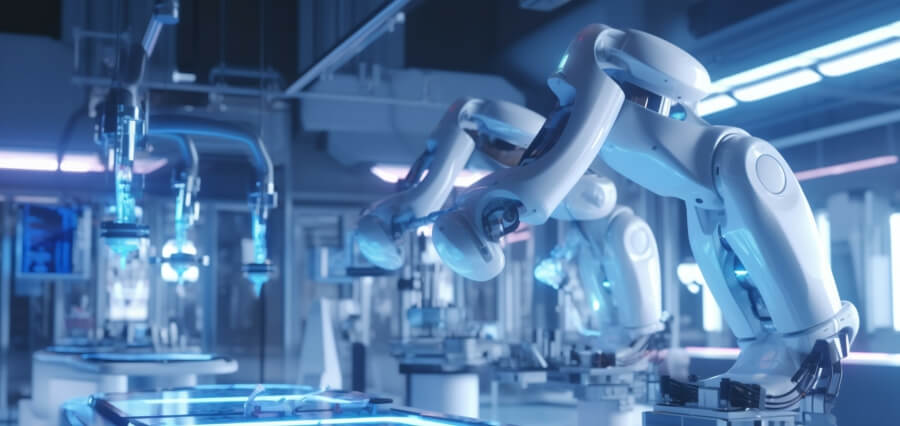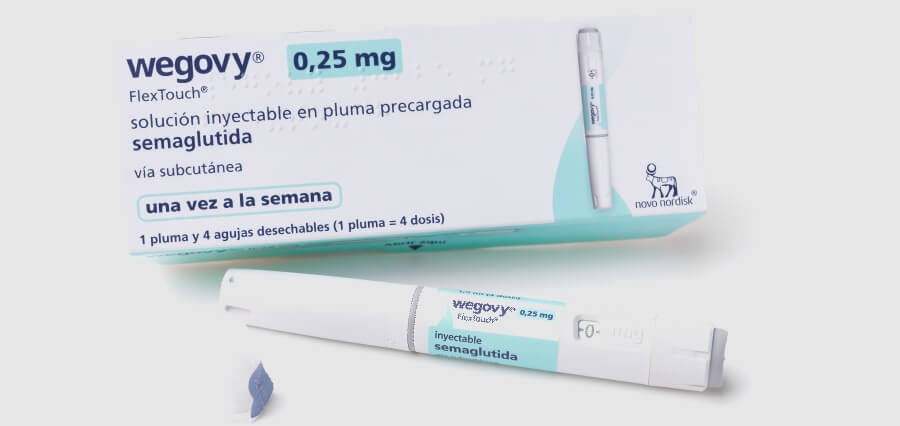In the ever-evolving landscape of pharmaceutical research, the integration of robotics and automation has emerged as a game-changer. Robotics and automation refer to the use of automated systems and machines to perform tasks traditionally carried out by humans. These technologies are harnessed in pharmaceutical research to streamline processes, enhance precision, and expedite drug development.
Importance in Pharmaceutical Research
The importance of robotics and automation in pharmaceutical research cannot be overstated. These technologies have revolutionized various facets of the industry, contributing significantly to drug discovery and development advancements.
Evolution of Robotics in Pharma
Historical Overview
The evolution of robotics in pharmaceutical research can be traced back to historical examples. Early endeavors laid the groundwork for the sophisticated automated systems we witness today.
Technological Advancements
Recent technological advancements, including [specific innovations], have propelled robotics in pharma to new heights. The integration of artificial intelligence (AI) and machine learning has further augmented the capabilities of these systems.
Applications in Pharmaceutical Research
Drug Discovery
One of the primary applications of robotics in pharmaceutical research is in drug discovery. Automated systems can rapidly screen thousands of compounds, expediting the identification of potential drug candidates.
High-Throughput Screening
High-throughput screening, a process that involves testing a large number of compounds for a specific biological activity, has been greatly enhanced by automation. This not only accelerates research but also improves accuracy.
Laboratory Automation
Automation in laboratories ranges from sample preparation to data analysis. Robots can handle repetitive tasks, allowing researchers to focus on more complex work features.
Benefits of Robotics and Automation
Increased Efficiency
The implementation of robotics and automation leads to a significant increase in research efficiency. Tasks that would take weeks to complete manually can now be done in a fraction of the time.
Precision and Accuracy
Robotic systems are engineered for precision, minimizing errors and ensuring the accuracy of experimental results. This is particularly crucial in pharmaceutical research, where small deviations can have profound consequences.
Cost-Effectiveness
While the primary investment in robotics and automation may be substantial, the long-term cost-effectiveness is evident. The speed and accuracy of automated processes contribute to cost savings in the drug development pipeline.
Challenges and Concerns
Integration Issues
Despite the benefits, integrating robotics into existing pharmaceutical research frameworks poses challenges. Compatibility issues, training requirements, and system integration complexities need to be addressed.
Ethical Considerations
The use of automation raises ethical concerns, particularly regarding job displacement and the ethical treatment of animals in laboratory settings. Striking a balance between technological progress and ethical considerations is crucial.
Workforce Implications
The widespread adoption of automation may lead to a shift in the skills required by the pharmaceutical workforce. Preparing professionals for these changes is vital for a smooth transition.
Future Trends
Artificial Intelligence Integration
The future of robotics in pharmaceutical research lies in the seamless integration of artificial intelligence. AI-driven systems will enhance decision-making processes and optimize research outcomes.
Robotics in Clinical Trials
Automation is set to play a pivotal role in streamlining clinical trial processes. Robotics will expedite trial timelines and enhance data accuracy from patient recruitment to data analysis.
Nanorobotics
The frontier of nanorobotics holds promise for targeted drug delivery and microscopic interventions at the cellular level. This emerging field could revolutionize precision medicine.
Overcoming Barriers
Collaborative Initiatives
Addressing integration challenges and ethical concerns requires collaboration between industry stakeholders, regulatory bodies, and technology developers.
Regulatory Adaptations
Adapting regulatory frameworks to accommodate advancements in robotics and automation is essential for fostering innovation while ensuring safety and ethical standards.
The Human Touch in Pharma Automation
Balancing Automation and Human Expertise
While automation enhances efficiency, preserving the human touch in pharmaceutical research remains essential. Striking a balance between automated processes and human expertise is key.
Future Role of Researchers
As automation becomes more prevalent, the role of researchers may shift towards higher-level tasks, such as data interpretation, creativity, and strategic decision-making.
Robotics and Automation in Pandemic Response
Accelerating Drug Development
The COVID-19 pandemic showcased the potential of robotics in rapidly developing and testing vaccines and treatments, demonstrating the agility of automated systems in responding to urgent health crises.
Vaccine Production
Automation played a crucial role in scaling up vaccine production, enabling the timely delivery of vaccines to a global population in need.
Risks and Contingency Plans
Cybersecurity Threats
As automation increases, the risk of cybersecurity threats rises. Developing robust cybersecurity measures is imperative to safeguard sensitive pharmaceutical data.
Disaster Recovery
Implementing contingency plans for unforeseen events, such as system failures or natural disasters, is crucial to ensuring continuous research operations.
Public Perception
Media Influence
Media portrayals often shape public perception of robotics and automation. Addressing misconceptions and promoting accurate information is vital for gaining public trust.
Public Awareness Campaigns
Initiating public awareness campaigns about robotics’s benefits and ethical considerations in pharmaceutical research fosters understanding and acceptance.
The Global Impact
Pharma Landscape Transformation
Robotics and automation are transforming the global pharmaceutical landscape, influencing research priorities, and redefining industry standards.
Economic Implications
The economic implications of increased efficiency and reduced costs contribute to the overall growth and sustainability of the pharmaceutical industry.
Conclusion
The integration of robotics and automation in pharmaceutical research has ushered in a new era of efficiency, precision, and innovation. These technologies continue to reshape the industry from drug discovery to pandemic response.
As technology evolves, the future holds even greater possibilities for robotics in pharmaceutical research. Continued collaboration, adaptation to regulatory changes, and ethical considerations will shape the trajectory of this transformative journey.





